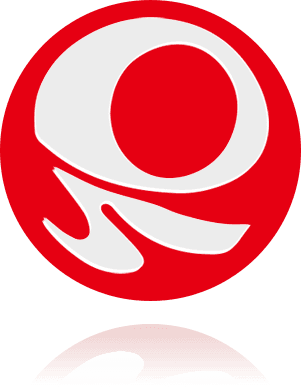How to ensure the efficient operation and safety of the Product Autoclaving Section?
Ensuring the efficient operation and safety of the Product Autoclaving Section is a crucial link in the pharmaceutical, medical, food and other industries. This area is not only related to the sterile quality of the product, but also directly affects production efficiency and personnel safety.
1. Equipment maintenance and care
Regular comprehensive maintenance and care of high-pressure sterilization equipment is the basis for ensuring its efficient operation. This includes checking the sealing of the equipment, the heating system, the pressure control system, and key components such as the safety valve to ensure that they are in good condition. At the same time, the inside of the equipment should be cleaned regularly to remove residues and dirt to prevent them from having a negative impact on the sterilization effect. In addition, an equipment maintenance file should be established to record the time, content and results of each maintenance in order to track and analyze changes in equipment performance.
2. Strictly abide by the operating procedures
High-pressure sterilization operations require strict compliance with established procedures and standards. Operators should receive professional training, be familiar with the operating methods and precautions of the equipment, and ensure that they can operate the equipment correctly and safely. During the sterilization process, the set parameters (such as temperature, pressure, and time) should be strictly followed and should not be changed at will. At the same time, pay attention to the rationality and stability of loading products to avoid uneven sterilization or equipment damage caused by overcrowding or tilting.
3. Strengthen safety training and management
Safety is the primary task of work in the autoclave area. Enterprises should conduct safety training for operators regularly to improve their safety awareness and emergency response capabilities. The training content should include equipment safety operating procedures, accident case analysis, and the correct use of personal protective equipment. In addition, a strict safety management system should be established to clarify the safety responsibilities and authority of personnel at all levels to ensure the effective implementation of safety management.
4. Real-time monitoring and recording
In order to timely grasp the operating status and sterilization effect of the autoclave area, a complete monitoring and recording system should be established. By installing monitoring equipment such as temperature sensors and pressure sensors, the key parameters of the sterilization process are monitored in real time. At the same time, the detailed data of each sterilization, including temperature curves, pressure changes, sterilization time, etc., are recorded for subsequent analysis and traceability. These data are of great significance for evaluating the sterilization effect, optimizing sterilization parameters, and troubleshooting.
5. Continuous improvement and innovation
While ensuring the efficient operation and safety of the autoclave area, we should also focus on continuous improvement and innovation. By introducing new technologies, new materials and new methods, the efficiency and effect of sterilization can be improved, and energy consumption and costs can be reduced. For example, advanced control systems can be used to automate and intelligentize the sterilization process; new sterilization materials and methods can be developed to reduce the negative impact on products; and linkage control can be carried out with other production links to achieve the continuity and automation of the production process.
VI. Environmental control and hygiene management
The high-pressure sterilization area should maintain good environmental control and hygiene management. This includes controlling parameters such as indoor temperature, humidity and cleanliness to ensure that the sterilization environment meets standard requirements. At the same time, strengthen the sanitation and cleaning work in the area, regularly disinfect and clean the ground, walls, equipment and other surfaces to prevent the growth and spread of microorganisms. In addition, strict management of personnel and items entering and leaving the area should be carried out to prevent the introduction of pollution sources.












